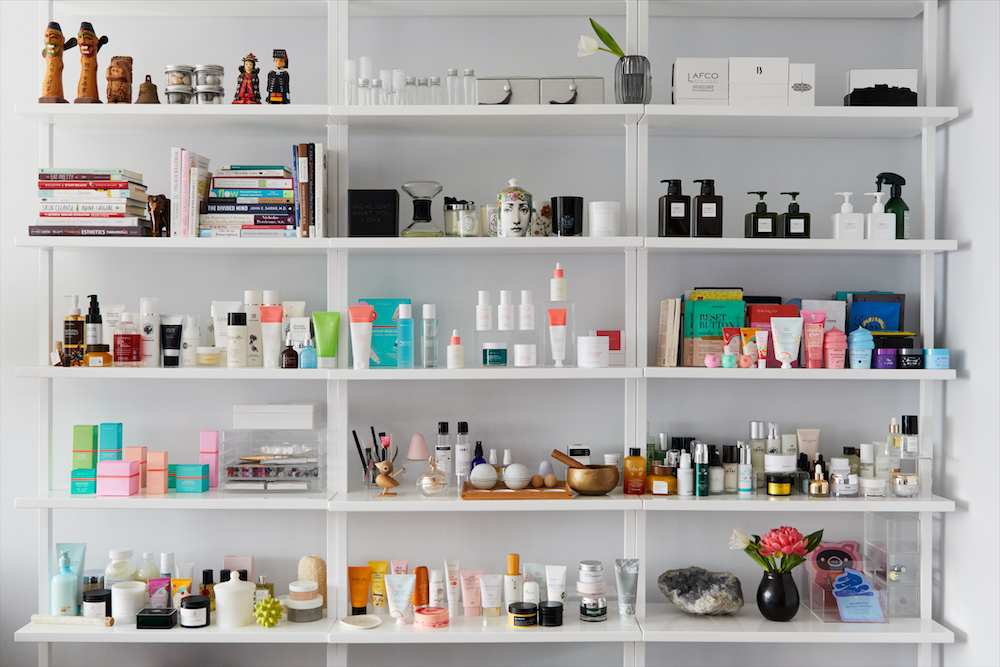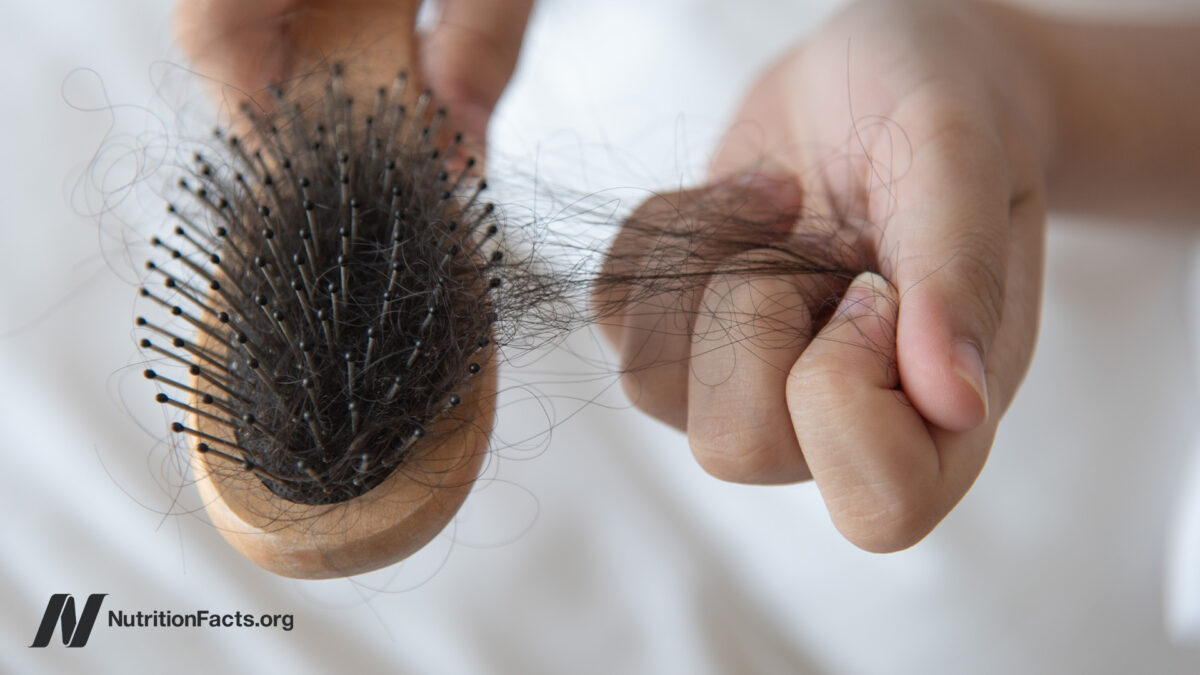How to Buy, Use, and Care for Nonstick Cookware
Nonstick cookware makes cooking easier, but it doesn’t necessarily make cooking better. It doesn’t sear as well as cast iron or stainless steel, its finicky finish is at odds with both the dishwasher and metal utensils, and Teflon has...

Nonstick cookware makes cooking easier, but it doesn’t necessarily make cooking better. It doesn’t sear as well as cast iron or stainless steel, its finicky finish is at odds with both the dishwasher and metal utensils, and Teflon has a reputation for being less than safe.
It is, however, convenient, especially if you’re still building up the seasoning of your cast iron, or don’t want to take the extra steps needed to make your stainless act nonstick. It is totally possible to fry an egg without any stickage in either of those pans, but eggs will never stick to Teflon.
Claire’s favorite nonstick pan: Tramontina Nonstick Restaurant Fry Pan
While there are several brands of Teflon-free nonstick cookware on the market, they are more expensive than those made with Teflon. If I’m going to shell out $100 or more for a pan, it’s going to be a nice cast iron piece, or an All-Clad piece of stainless. Two of the most popular Teflon-free nonstick pans are Caraway and HexClad, and they cost $95 and $199.99, respectively. My favorite Teflon-coated pan—the Tramontina Nonstick Restaurant Fry Pan—costs $39.76 (at time of publishing), and lasts years with proper care.
Is Teflon “bad for you”?
Before we get into how and when to use your nonstick pan, let’s discuss your safety concerns, because I know you have them. Somewhat ironically, Teflon has been stuck with a scary reputation for some time now. Luckily, our senior health and science editor, Beth Skwarecki, has already discussed this reputation in-depth, but let’s hit the bullet points.
One thing people like to do when discussing Teflon is list a bunch of scary sounding chemicals, then hit you with a “You don’t want chemicals in your food, do you?” This kind of talk encourages chemophobia, which is especially silly when talking about food, because food contains some of the most complex chemical systems around. The two main chemicals people fear monger around when talking about Teflon are polytetrafluoroethylene, or PTFE, and perfluorooctanoic acid, or PFOA. As Beth explained, PFTE “isn’t a health hazard in itself. It’s inert, meaning it won’t react chemically with your body or anything else. But there are a few related chemicals that may be less safe.” That is where PFOA comes in:
The chemical that people are usually concerned with when they talk about nonstick pans is PFOA, or perfluorooctanoic acid. This was used in the manufacturing of Teflon coatings in the early 2000s and earlier, and was fully phased out by 2013. This chemical can cause something called “polymer fume fever” if you breathe in a large amount of said fumes. It’s not easy to get fume fever; case reports include industrial workers and a man who burned off nearly the entire coating of a Teflon pan while taking a nap. Fume fever has flu-like symptoms, but people tend to recover from it within a few hours.
PFOA is a forever chemical, meaning it won’t break down over time, and its use in manufacturing over the years has led to it being found in drinking water and, more ominously, human blood. The good news is that PFOA is no longer used in manufacturing (and levels of PFOA in human blood seem to be on the decline).
What does this mean for your pan? Well, if it was manufactured after 2013, your Teflon-coated cookware was made without PFOA. (According to Beth, it’s also worth noting that the “American Cancer Society reported that ‘nonstick cookware is not a significant source of PFOA exposure,’ and noted that neither the Environmental Protection Agency nor the World Health Organization has been able to determine whether PFOAs pose a cancer risk to humans.)
The issue is that, when exposed to super high heat, PFTE can degrade, producing PFOA, which can lead to “fume fever.” Luckily, nonstick pan manufacturers tell you how hot your pan can safely get (usually 500℉), so as long as you don’t forget it on the stove, or purposely overheat it, you’re good.
If, however, the Teflon gets scratched and starts to flake off, you should toss the pan and get a new one. You don’t want to eat Teflon, but I’m on my fifth year with my Tramontina, and it’s not showing any signs of wear. To keep your nonstick pan lasting as long as possible, there are a few things you should do (and not do) to keep it in slick shape.
How to clean your nonstick pan without messing it up
The nonstick pan has three enemies: The dishwasher (and frequent washing in general), metal utensils, and nonstick cooking sprays.
Between high temperatures and harsh detergents, the dishwasher is just too rough on Teflon coating, and tossing it in there will cause the coating to degrade quickly, resulting in a sticky, flakey pan. Even aggressive hand-washing can cause it to degrade faster than you would like, but the good news is Teflon pans are just as easy to clean as they are to cook with. As I’ve explained previously, I almost never “wash” my nonstick pan, unless I’m dealing with something truly sticky:
Instead of washing after each use, I wipe the pan with a paper towel or sponge while it’s still hot. If that doesn’t cut it, I’ll put the pan back on the burner, heat it up a bit more, then wipe it out with a damp paper towel or sponge—a little “steam cleaning,” if you will. That’s how my mom always cleaned her nonstick pans, which I thought was “weird” when I was young because I thought everything my mom did was “weird” from ages 13-22.
If steam doesn’t do it, give it a gentle scrub with a non-abrasive sponge and some cold soapy water, but the steam works about 94% of the time. This kinder, gentler approach will extend the life of your nonstick pan and keep that coating happy.
Oh, and about those nonstick sprays. A mister bottle with a little olive oil is fine; fat is not the enemy of nonstick, though you don’t need a lot of it when using this type of cookware. The problem is aerosol sprays, like PAM, which contain lecithin, which bind the surface of your pan, where it will build up into a gunk, and become nearly impossible to remove. In some cases, using sprays like this will void the warranty of your pan. If you want to add a little fat to the pan, avoid these sprays and brush it with a little olive oil (or toss in a few pats of butter).
How to cook with your nonstick pan
I, a professional food writer, use my nonstick pan quite often. Though I am perfectly capable of frying an egg in my stainless steel pan, that requires a fair amount of pre-heating, and I don’t always want to wait. I’m also proficient at frying eggs in cast iron, but I don’t always want to deal with her and her specific after-care needs. Nonstick is easy, and a perfectly acceptable pan to use while you’re acclimating to the other two, and it allows you to “fry” things without much less fat, or none at all, if fat content is something you’re concerned about.
Beyond frying eggs, I use my nonstick pan for make frico and frico-wrapped things. I also use it to reheat leftover spaghetti (toss the cold noodles with a spoonful of water in the pan over medium-low heat and stir until warm), cook shredded hash browns (which stick like glue to every other cooking surface), and make a mean batch of fried rice. It’s also good for making fried bread, grilled cheese sandwiches, or any kind of carb you want to bless with a buttery crust. If you get a sweet tooth, you can use it make this sweet chocolate candy, which also doubles as a frosting.
Two things you should avoid when cooking in Teflon are those pesky metal utensils (use wood, plastic, or silicone), which will scratch off the finish, and acidic foods, which can shorten the life of the pan by degrading the finish.
One nonstick pan is all you need
This one, specific, Teflon-coated pan is the only piece of nonstick cookware I own (save for silicone baking mats and one cake pan, but baking is its own thing, and you should talk to Allie about all that). You do not need a nonstick sauce pan, a nonstick stock pot, or—heaven forbid—an entire nonstick set. A single nonstick frying pan will do what you need it to do. Care for it, treasure it, and toss it when it starts to loose its luster. (If you care for it properly, that will be many years from now.)

 ValVades
ValVades 
































